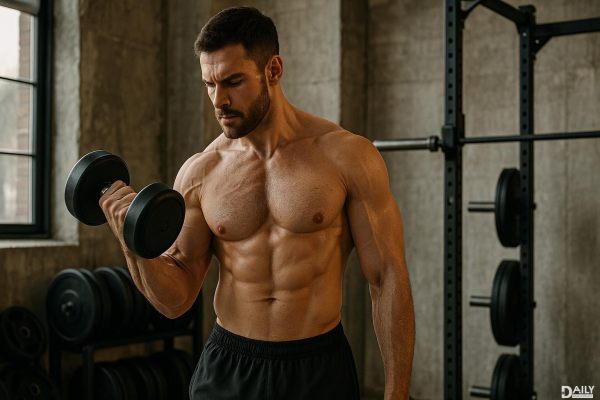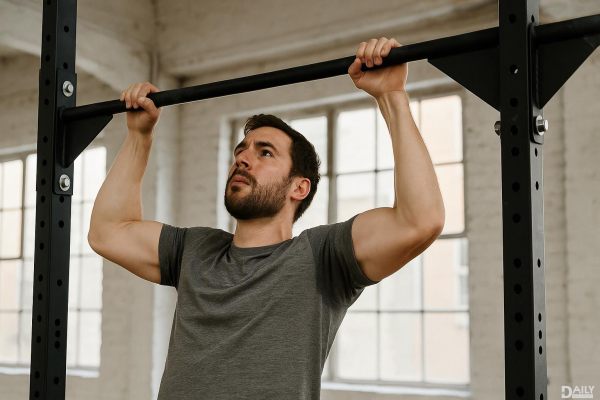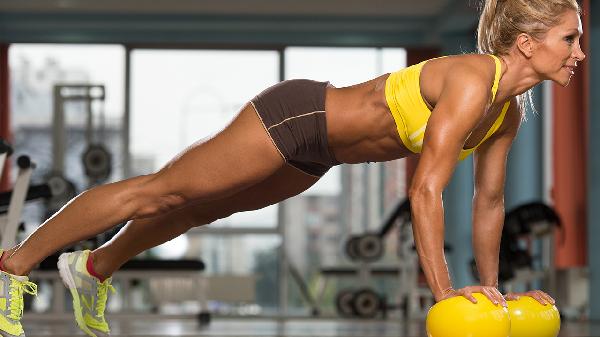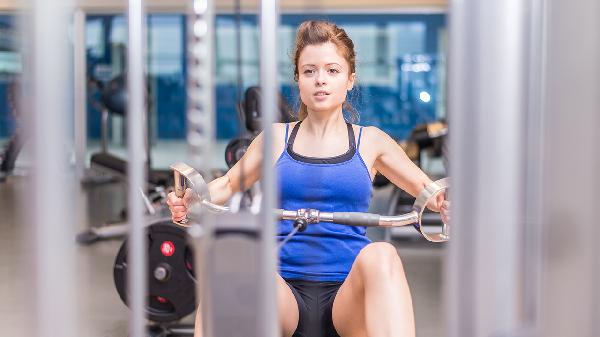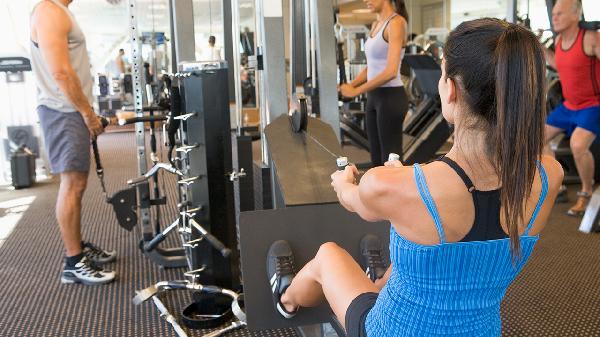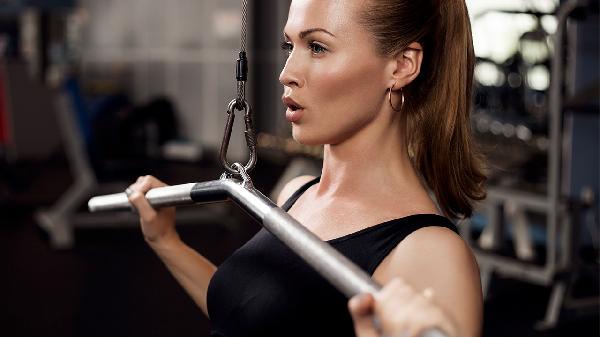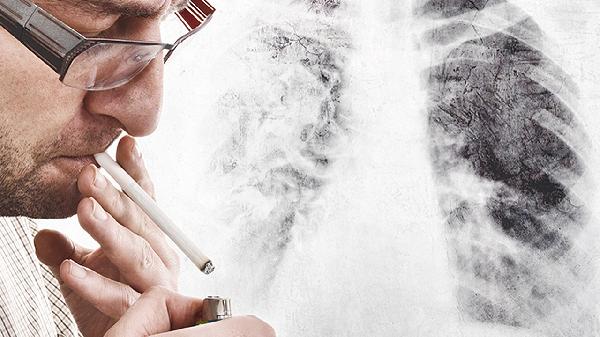Yoga has become a popular form of exercise for many fitness enthusiasts, offering benefits such as improved flexibility, mental clarity, and physical strength. Among the various aspects of yoga, mastering the correct sitting postures and breathing techniques is essential for a successful practice. This article explores the different yoga sitting positions and breathing methods to help practitioners enhance their yoga journey.
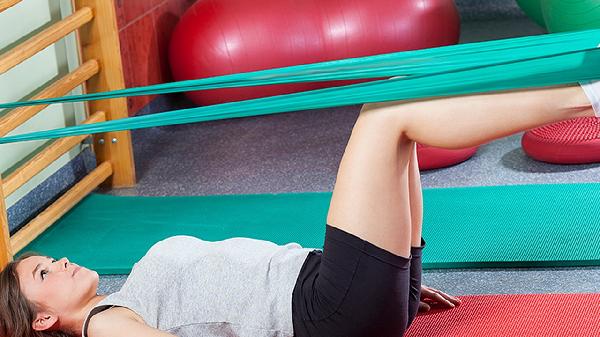
Yoga Sitting Postures
Easy Pose (Sukhasana)
The Easy Pose is one of the simplest and most comfortable yoga sitting positions. To practice, sit on a mat with legs extended forward. Bend the right knee and place the foot under the left thigh, then bend the left knee and place the foot under the right thigh. Rest the hands on the knees in a mudra (gesture), keeping the head, neck, and spine aligned. This pose helps improve flexibility in the hips and ankles.
Half Lotus Pose (Ardha Padmasana)
Begin by sitting with legs extended forward. Bend the left knee and place the foot on the right thigh, then bend the right knee and place the foot under the left thigh. Keep the knees grounded and the hands in a mudra or prayer position. This pose enhances hip flexibility and is ideal for meditation.
Full Lotus Pose (Padmasana)
The Full Lotus Pose is more advanced and requires greater flexibility. Sit with legs extended, then bend the right knee and place the foot on the left thigh. Bend the left knee and place the foot on the right thigh. Keep the spine straight and the hands in a mudra or prayer position. This pose is excellent for deepening meditation and improving posture.
Thunderbolt Pose (Vajrasana)
Kneel on the mat with the feet together and sit back on the heels. Keep the spine erect and the hands resting on the thighs or in a prayer position. This pose aids digestion and strengthens the lower body.
Hero Pose (Virasana)
Kneel on the mat and separate the feet slightly wider than hip-width apart. Sit back between the heels, keeping the spine straight. This pose stretches the thighs and ankles, making it beneficial for those with tight leg muscles.
Perfect Pose (Siddhasana)
Sit with legs extended and bend the left knee, placing the heel against the perineum. Bend the right knee and place the foot on the left thigh. Keep the hands in a mudra or prayer position. This pose is highly effective for meditation and calming the mind.
Yoga Breathing Techniques
1. Abdominal Breathing
Lie down or sit with a straight back. Place one hand on the abdomen. Inhale deeply, allowing the abdomen to rise. Exhale slowly, drawing the abdomen inward. This technique promotes relaxation and improves lung capacity.
2. Chest Breathing
Sit or lie down and inhale deeply, expanding the chest while keeping the abdomen still. Exhale slowly, allowing the chest to contract. This method enhances lung function and strengthens the respiratory system.
3. Complete Yoga Breathing
Combine abdominal and chest breathing. Inhale deeply, filling the abdomen first, then the chest. Exhale in reverse, releasing air from the chest and then the abdomen. This technique maximizes oxygen intake and promotes overall well-being.
4. Mouth Breathing
Inhale through the mouth, then close the nostrils with the thumbs. Hold the breath briefly, then exhale through the nose. This method boosts energy levels and stimulates the nervous system.
Yoga Practice Methods
1. Posture Practice
Start with basic poses and gradually incorporate more advanced ones. Focus on alignment and avoid forcing the body into uncomfortable positions. Over time, flexibility and strength will improve.
2. Integrated Practice
Combine several poses into a sequence, adding new ones as you progress. Pair each movement with proper breathing techniques to deepen the practice.
3. Music-Assisted Practice
Use calming music, such as nature sounds or soft instrumental tracks, to enhance relaxation and focus during yoga sessions.
4. Personalized Practice
Tailor your yoga routine to suit your body’s needs and lifestyle. For example, desk workers may benefit from poses that relieve back and neck tension, such as the Side Plow Pose or Shoulder Stand.
Conclusion
Yoga offers a holistic approach to physical and mental well-being. By mastering various sitting postures and breathing techniques, practitioners can enhance their practice and experience the full benefits of yoga. Whether you are a beginner or an experienced yogi, incorporating these methods into your routine can lead to a healthier, more balanced life.
